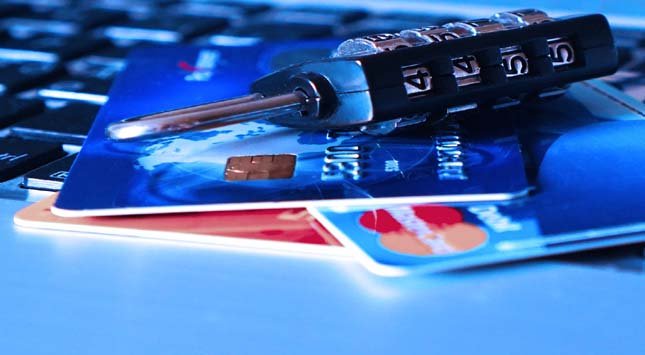For every credit card transaction made, you get a message from the bank about the details of your purchase. However, there are a number of parties involved in various processes involved.
During the time you make the purchase until you get the message with your transaction details. To ensure that the whole procedure is happening in a matter of seconds, there is the bank as well as the payment getaways involved and working round the clock.
Step-by-Step Analysis of Credit Card Processing
Payment Made by Customer with Credit Card
- The first step includes you paying with your credit card to make any kind of purchase.
- This happens on a consumer level when the card is swiped when the customer gives the card information, or when a contactless transaction is carried out.
Merchant Acceptance and Authentication
- Once the transaction is done from the customer’s end, the merchant will be accepting and take the payment details of the customer.
- This can be done through in-store or physical means of payment, or it can be done online where the merchants use an online payment getaway to receive the money.
Processing the Payment
- The credit card processor’s primary role will be to send the payment information back to the customer.
- They will first take the information about your card and send it to the various other stages which follow.
- This will include facilitating communication for the other involved parties.
Request for Authorisation
Your credit card will be originally operated by either the Visa or Mastercard network. In this stage, your network will receive the payment information from your operator and pass it on to your bank.
Confirmation or Decline for Authorisation
- Once the bank receives a request for authorisation from your card operator, your bank can decline or accept the request depending on the funds present in the account.
- Your payment will be accepted if you do have enough funds and declined if you do not.
The bank has other responsibilities as well which include checking the nature of your purchase if it is from legitimate sources or not. If everything is in order, your bank sends a message through the network as well as the processor to authorise the transaction.
You May Like to Read: How to Unblock Bajaj EMI Network Card
Payment to Merchant
- The last stage will be the communication made to the merchant about the transaction details.
- If the bank authorizes the purchase, in an in-store payment, you can check the result of your card swipe as ‘Approved’ or ‘Declined’.
- It is the same if the purchase is made online. You will get an SMS communication mentioning the same.
It is important to note that just because you have received communication from the bank does not mean the transaction is complete. The transfer of funds and settlement can take up to 7 – 10 working days depending on your card operator and your bank.
You May Like to Read: Why Payment Gateway for Small Business is Ideal
Processing Fee for Credit Card Payments
Payment processors charge a percentage of the transaction amount as the credit card processing fee. This fee is ideally to be paid by the merchant who uses the service of payment processes.
The processing fee is decided by credit card networks such as Visa or Mastercard and varies to a certain extent.
Online transactions charge a higher processing fee when compared to in-store or physical credit card transactions.
Payment Getaways
Payments in India have been revolutionized with several payment getaways launched in the recent past. These payment getaways such as PayUMoney, PayPal, DirecPay, etc. have been playing a crucial role in the processing of credit card transactions.
The various payment getaways play an important role in securely transferring information to and from acquiring and issuing banks.
For the functioning of payment getaways, security plays a major role in handling vital credit information such as card numbers and PINs. To ensure security, credit card networks have put forth certain rules and regulations for the working of these gateways.
You May Like to Read: When Should You Use Your Credit Card?
Payment Gateway Fee for Credit Card Processing
In order to use a payment gateway for your credit card purchases, they charge certain fees which is usually a percentage of your told purchase amount. However, these charges vary depending on which gateway you use.
Here Are The Fees Which Most Payment Gateways Charge For Processing Credit Card Transactions:
Setup Fees
This is the fee that needs to be paid when you sign-up for the payment gateway services. It is a one-time fee and must be paid within your e-commerce web portal.
Monthly/Annual Fees
The monthly or annual fee is for the maintenance of your accounts and credit or debit cards. This can be charged monthly or annually depending on which payment gateway you have chosen. This amount is pre-decided during sign-up and might be more if you choose to use more services.
Discount Rates
A discount rate is charged by your payment gateway provider for every purchase you make at an e-commerce website. If you have opted for a more affordable payment gateway website, the discount rates will be ranging from 1.5% – 3.75%. This rate will be lesser for debit cards, but higher for any international credit card you hold.
This fee is split between your gateway provider, your credit card provider, and your merchantx account provider.
Payment Gateway Sites in India
The list of most trusted payment gateways in India are:
- PayUBiz India Gateway
- Citrus Pay
- CC Avenue
- ZaakPay
- DirecPay
- BillDesk
- Instamojo
- PayUMoney
- Atom Paynetz
- JusPay

